Prioritizing Your Travels
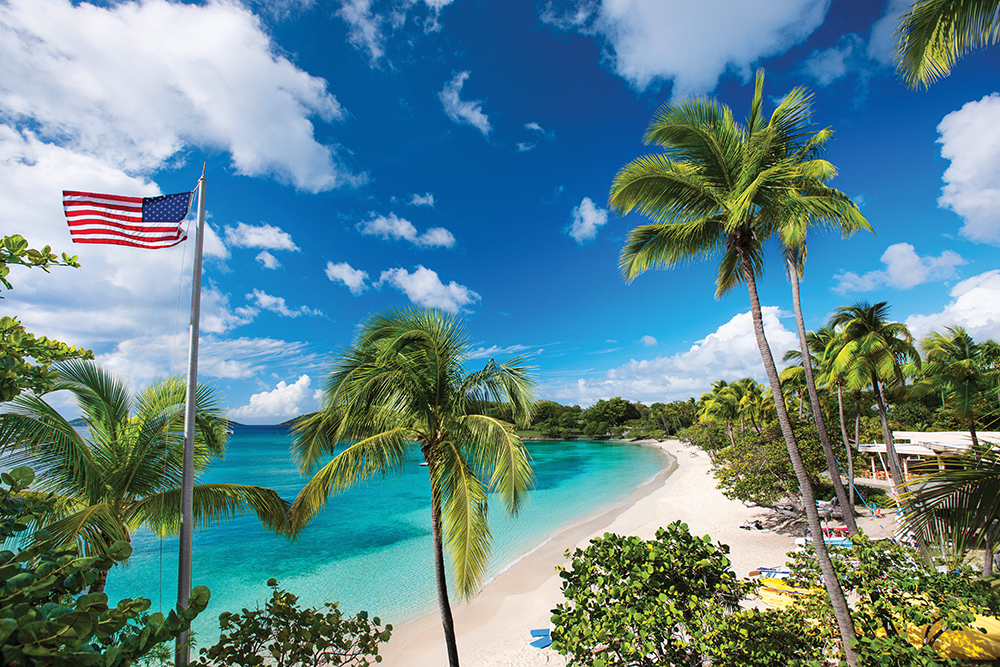
Prioritizing Your Travels
How climate change is changing plans
Posted on November 1, 2017
I feel like I need to start writing my bucket list in pencil. The log of places I want to visit once stretched out in years and was pretty much cast in concrete. Now, like many travelers, I prioritize the destinations most impacted by changing weather patterns.
The documentary Chasing Coral alerted me to one such place: the Great Barrier Reef. Made by a team of scientists and volunteer “coral nerds,” this Netflix offering is a worldwide survey of the health of coral reefs. Since snorkeling is my passion, I hung on every word. When I was writing the Frommer travel guides to Australia, I regularly spent time on the Great Barrier Reef and have just moved it to the top of my list. I’ll be there in December, and look forward to sharing my experiences in a spring 2018 issue of Ranch & Coast.
“Coral reefs around the world continue to suffer from the impacts of climate change, with reef health declining in many popular tourist destinations,” says Jennifer Smith, coral reef ecologist and Assistant Professor at Scripps Institution of Oceanography at UC San Diego. “The Great Barrier Reef experienced up to 80 percent coral mortality during the 2016 coral bleaching event alone. While these impacts are not likely to diminish anytime soon, there are still many well-managed areas such as the Republic of Palau that have thriving and vibrant reefs very much worth adding to your bucket list.”

Other Hot Travel Destinations
Climate change has taken place throughout history as the earth experienced natural warming periods and ice ages; however, we’re now seeing the impact of man-made greenhouse gas emissions on our environment. According to NASA and the National Oceanic and Atmospheric Administration (NOAA), the earth’s 2016 surface temperatures were the warmest since modern recordkeeping began in 1880, and 90 percent of the earth’s warming is taking place in oceans.
In addition to coral reefs, glaciers have been severely impacted by changing weather patterns. In Glacier National Park in Montana, some glaciers have been reduced by as much as 85 percent over the past 50 years, according to the U.S. Geological Survey. Various projections suggest that certain GNP glaciers will disappear in the next few decades.
I’d like the younger generations of our family to experience a sizable glacier, so after Australia, we’re meeting them on the South Island of New Zealand — home to the beautiful Fox, Franz Josef, and Tasman Glaciers. These three have not been spared the fate of glaciers worldwide. In fact, Franz Josef Glacier has among the fastest melt rates measured anywhere in the world. Pedestrian access to Fox and Franz Josef was banned last year because they had receded too far to safely reach on foot. They can now be visited only by helicopter.

And what happens to all that glacial melt? Well, eventually it ends up in the ocean, where it contributes to rising sea levels. Having said that, it’s primarily the melting in Antarctica and Greenland that is threatening low-lying islands like the Maldives, Panama’s San Blas Islands, and Key West, Florida. If you haven’t been to these very special places, add them to the top of your bucket list.
There’s very little that can be done to protect sand islands, but the world is watching as Mumbai, India, prepares an action plan, and Rotterdam attempts to hold back rising tides. Among other measures, Dutch engineers have devised lakes, parks, and plazas that are a boon to daily life, but also double as enormous reservoirs for when the sea and rivers spill over. In another endangered city, Venice, it’s hoped that a series of submerged gates will keep the Venetian Lagoon from flooding Piazza San Marco. I’m including Venice in next summer’s travel plans.
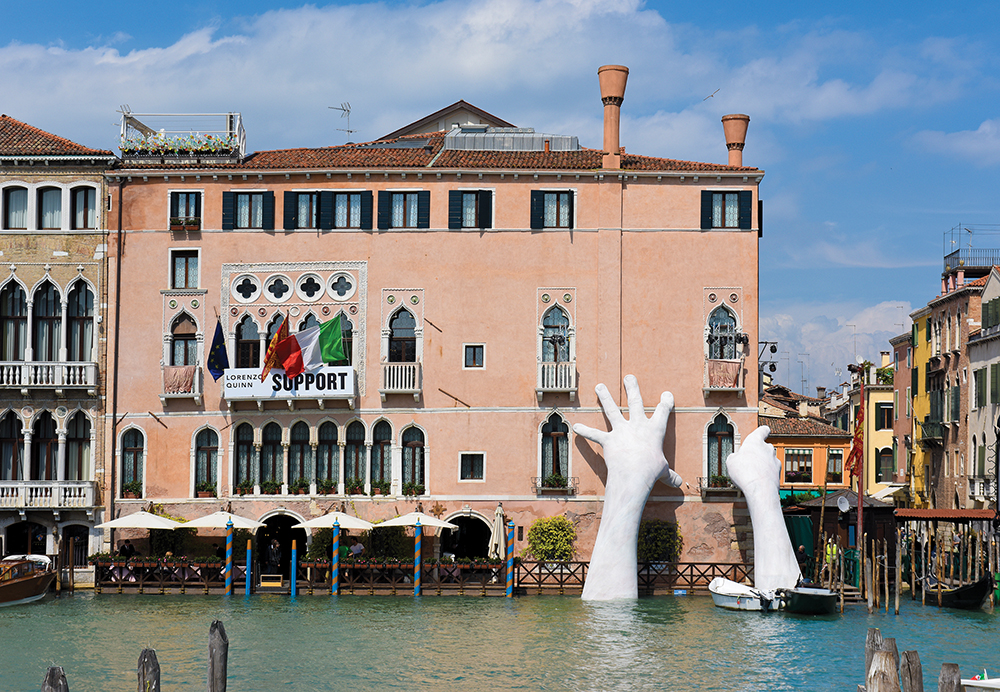
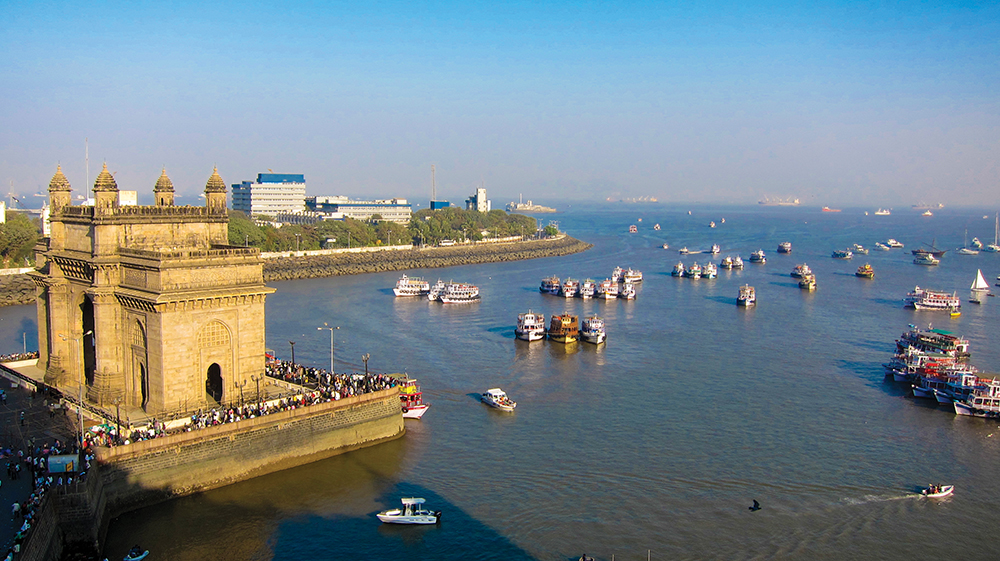
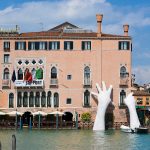
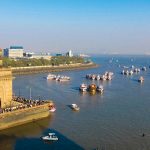
Changing weather patterns also contribute to more destructive hurricanes. My story this month was initially planned to be about snorkeling in St. John in the Virgin Islands, but since I was there in June, Irma blew through and left the place in tatters.

How To Help
The planes that take us to our chosen destinations burn fossil fuel and contribute to global warming. So should we stay home? I think not, because through travel we learn about the world, build bridges to other cultures, and share our common humanity.
In addition, tourism is a major source of employment in the developing world. At a recent event, Octavio Aburto, Assistant Professor at Scripps Institution of Oceanography, shared his experience doing research in Cabo Pulmo in Baja California, where locals gave up fishing with nets in favor of an economy based on tourism. Specifically, they earn their living taking tourists out to snorkel with Mobula munkiana, a devil ray named for Dr. Walter Munk, professor of geophysics emeritus and ocean science legend at Scripps.
When we choose to travel, we can reduce our carbon footprint by taking trains rather than flying. We can vacation closer to home and eat, drink, and shop locally, so the goods we consume don’t arrive by truck or plane. We can also use public transport and follow the guidelines established by Sustainable Travel International (sustainabletravel.org). It’s also possible to fund renewable energy projects by buying carbon offsets via the nonprofit foundation Myclimate (myclimate.org). I think of these as gifts for grandkids.
“It’s very possible to replace fossil energy with renewable energy,” affirms Dr. Munk. “It will be done and it will lead to great prosperity.” Munk celebrated his 100th birthday on October 19, and I have it on good authority that he still has a bucket list of science projects he’s pursuing. Elizabeth Hansen
Caneel Bay Resort: Photo courtesy Caneel Bay Pajama Cardinalfish: Photo by Daira Paulson Venice sculpture: Photo courtesy of Quinn Creations All other photography courtesy of Adams / Hansen Stock Photos

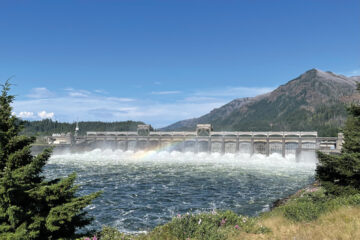
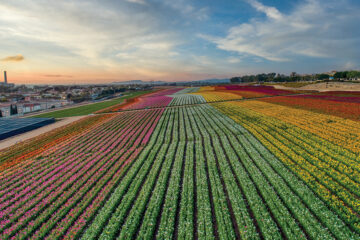

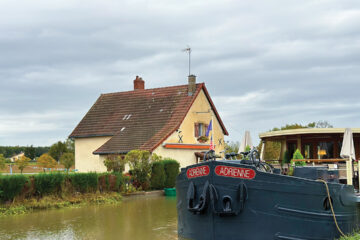
Comments